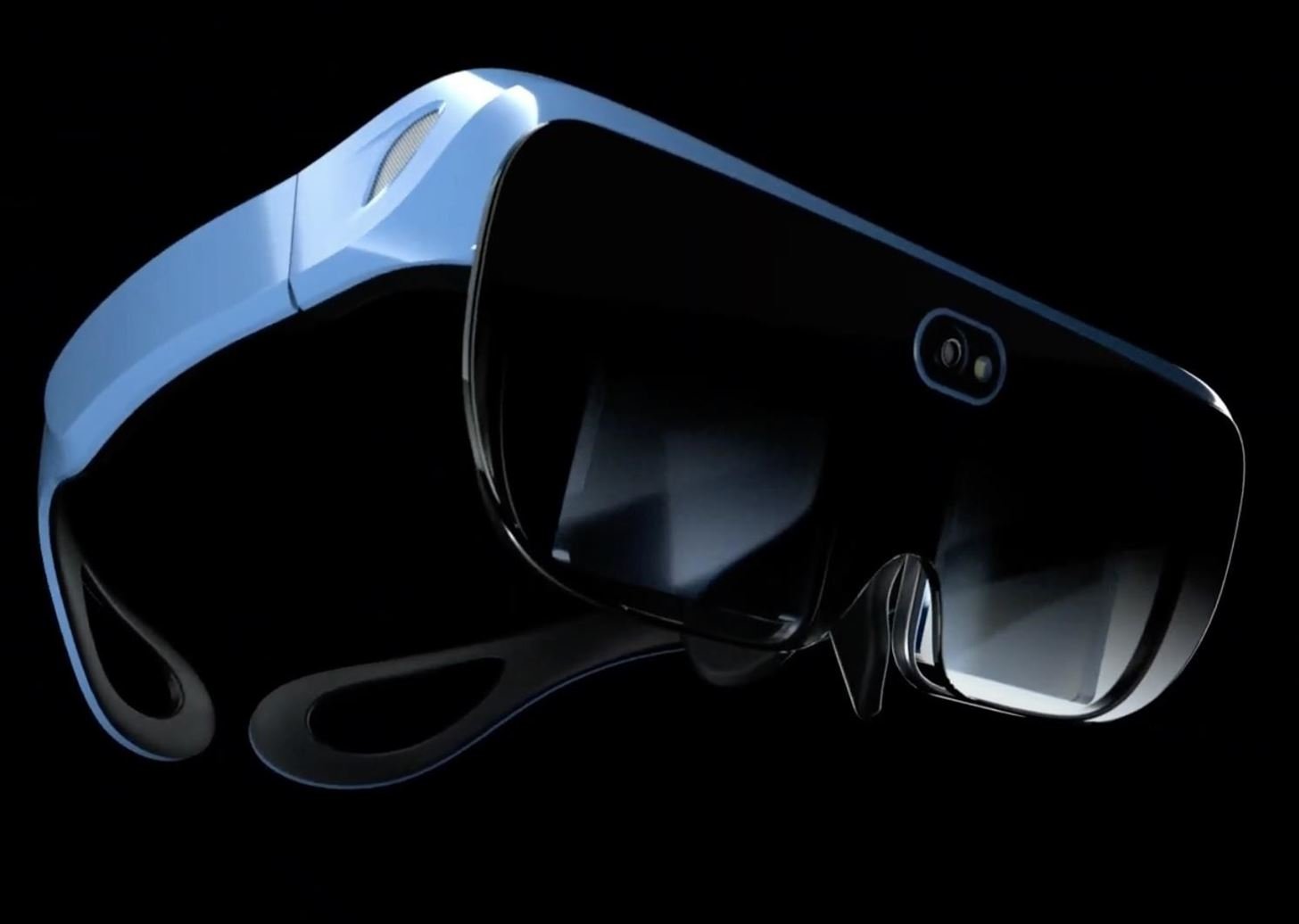In the burgeoning world of Augmented Reality, choosing the right platform for your AR glasses can be a daunting task. Today, we delve into the battle between two powerhouses: Android tablets and iPads, analyzing their strengths and weaknesses to determine the champion for the AR experience.
Key Highlights:
- Immersive Experience: Both Android tablets and iPads offer a large screen for an immersive AR experience.
- Performance: While both platforms offer powerful processors, iPad’s A-series chips consistently outperform Android tablets.
- Software Ecosystem: Despite improvements, Android’s AR software ecosystem remains less mature than Apple’s.
- App Availability: iPads boast a wider range of high-quality AR apps compared to Android tablets.
- Compatibility: Not all AR glasses support both Android and iPadOS, limiting user choice with certain platforms.

Immersive Display:
Both Android tablets and iPads boast large displays, offering an expansive canvas for AR applications. This allows users to seamlessly integrate virtual content with their real-world environment, creating a truly immersive experience. However, the quality of the display can vary significantly across different models. For instance, certain iPad Pro models offer mini-LED displays with incredible brightness and contrast, further enhancing the AR experience.
Performance Matters:
While both platforms pack powerful processors, iPad’s custom-designed A-series chips consistently outperform most Android tablets in benchmarks and real-world performance. This translates to a smoother and more responsive AR experience, especially when dealing with demanding applications.
Software Ecosystem:
Android’s AR software ecosystem has come a long way in recent years, but it still lags behind Apple’s. Google’s ARCore platform provides a solid foundation, but the fragmented nature of the Android landscape presents challenges for developers. In contrast, Apple’s ARKit offers a more mature and stable platform, attracting a wider range of developers and leading to a more extensive library of high-quality AR apps.
App Availability:
When it comes to app availability, iPad reigns supreme. The App Store boasts a vast selection of AR apps, catering to various needs and interests. Users can find everything from educational apps that bring history to life to immersive gaming experiences that transport them to new worlds. While the Google Play Store has seen a recent influx of AR apps, the overall selection remains smaller and often lacks the polish and depth of their iOS counterparts.
Compatibility Concerns:
Not all AR glasses are created equal. While some models boast support for both Android and iPadOS, others limit users to a specific platform. This can significantly impact your experience, as it restricts your access to apps and features. It’s crucial to research the compatibility of your AR glasses before choosing a platform to ensure a seamless and enjoyable experience.
The Verdict:
While Android tablets have made significant strides in the AR space, iPads remain the clear champion. Their superior performance, mature software ecosystem, wider app availability, and compatibility with various AR glasses give them a significant edge. However, Android users looking for a more affordable option or a larger screen size may still find certain Android tablets suitable for their AR needs. Ultimately, the choice between Android and iPad boils down to individual preferences, budget, and specific usage scenarios.
Choosing the right platform for your AR glasses is essential for a seamless and enjoyable experience. While Android tablets offer an affordable option and large displays, iPads provide superior performance, a more mature software ecosystem, wider app availability, and compatibility with various AR glasses. Ultimately, the best platform depends on your individual needs and preferences.


















